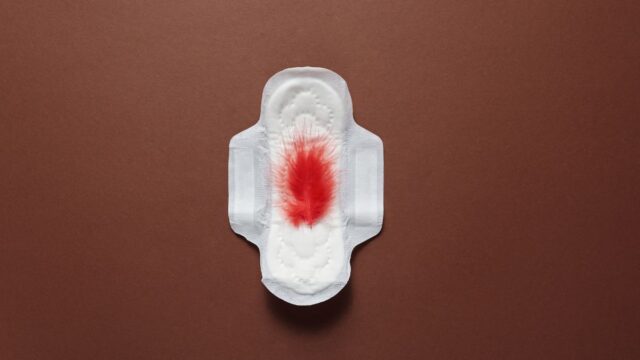If you thought getting your period every 28 days is the only way to determine that you have a healthy menstrual cycle, think again! Because there is a whole lot more to it, which we will discuss here.
Here are 6 signs that will tell you that you have a healthy period.
1. Your Menstrual Cycle Spans Between 28 & 35 Days
For those of you who aren’t aware, the number of days between the first day of your period to the first day of your next period is referred to as the menstrual cycle. A perfectly healthy menstrual cycle is of 28 days, although a gap of up to 35 days shouldn’t make you feel worried. However, if the cycle varies every month, it clearly indicates hormonal fluctuations.
If your menstrual cycle lasts less than 25 days, you might have developed a condition called Luteal Phase Defect 1. This health condition, known as oestrogen dominance, occurs when your luteal phase or the second half of the cycle after ovulation, is abnormally short. This occurs because the oestrogen levels are higher as compared to the progesterone levels. On the other hand, if your cycle lasts beyond 35 days, you might have a condition that is impeding your ovulation process. Polycystic Ovarian Syndrome, better known as PCOD, is one of the most common causes of a delay in ovulation, which results in irregular periods.
2. The Blood Is Bright Red In Colour At The Start Of Your Period
If your period blood is bright red in colour at the beginning, it indicates that it wasn’t stagnating in your uterus, which is a good sign. In case your period blood is dark red or brown, or it is clotted, it may be due to poor uterine circulation or sluggish blood flow. It might be due to hormonal imbalance. It is often advised that you apply a hot water bottle or a castor oil pack directly on your abdomen to ensure a smooth blood flow.
3. No Menstrual Cramps Or Pain
No menstrual cramps, abdominal pain, swelling, tender breasts and breast pain, mood swings, and anxiety, during, pre and post-periods might sound like a dream for you. But, the reality is, a healthy period isn’t accompanied by such side effects. And these occur due to an imbalance of oestrogen, progesterone, testosterone, and cortisol. Progesterone raises the sensitivity to blood sugar levels during the second half of the menstrual cycle and its symptoms are almost the same as those of PMS. Load up on the protein intake, along with healthy fats and complex carbs, to keep your blood sugar levels stable.
Abdominal cramps vary in severity among those who experience it. They occur as a result of uterine contractions, triggered by the production of fatty acid hormones called prostaglandins, which help shed the uterus’s inner lining in the absence of a pregnancy. This hormone also specialises in regulating menstruation and ovulation.
4. Acne Breakouts Before Your Period
An acne breakout typically occurs about a week before the start of your next period, usually around the jawline and the chin. However, it can appear anywhere on your face, back, and other areas of the body. It happens due to hormonal changes that are closely associated with the female reproductive cycle. Oestrogen and progesterone levels decline in the absence of a pregnancy when there is no ovulation, while testosterone levels increase. A rise in testosterone results in the production of excess oil, referred to as sebum, which manifests through acne breakouts. The breakouts gradually subside after menstruation when the levels of oestrogen and progesterone levels increase.
5. Mid-Cycle Tenderness Of The Breasts
Progesterone levels start to rise around the middle of your cycle while you’re ovulating. This makes your mammary glands become large and swell, as you experience pain and tenderness before or during your periods. This stays even when progesterone levels fall once again. The pain, swelling, and other symptoms vary among the menstruation population.
6. Digestion Problems
Your hormones often determine the regularity of your bowel movements and hormonal changes may bring about a change in your regular bathroom habits. The hormone called prostaglandins may cause uterine contractions to occur, which in turn lead to contractions in your bowel movements. Hence, diarrhoea or constipation, accompanied by other symptoms like nausea and gassiness, are common.
Open up like never before and participate in conversations about beauty, entrepreneurship, mental health, menstrual & sexual health, and more. Desi women, join our community NOW!



